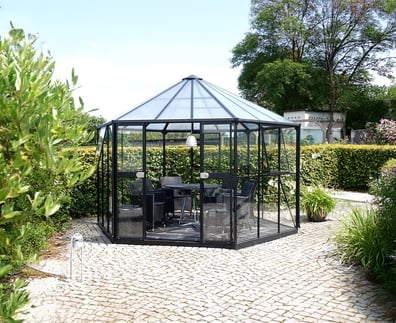Choosing the Best Greenhouses for Year-Round Gardening Success
Choosing the Best Greenhouses for Year-Round Gardening Success
Blog Article
Greenhouse garden is one of the most satisfying approaches to develop plants year-round, but it takes careful planning and techniques to ensure success. With controlled situations, you are able to feed crops regardless of outside climate, but it requires the proper techniques to produce a perfect setting within your greenhouse.Below are a few necessary recommendations to simply help your crops succeed throughout the year.

Focus on Temperature Control
Maintaining the proper temperature is important for greenhousegardening. Crops flourish in various heat stages relying on the type, therefore it's important to monitor and change temperatures accordingly. During colder months, invest in a trusted greenhouse heater or insulation methods to maintain warmth. Use intelligent ports or fans in summertime to prevent overheating, as conditions over 85°F can stress crops and stunt their growth. Coupling these programs with an easy thermometer enables you to maintain a constant environment.
Manage Humidity Levels
While greenhouses naturally maintain higher moisture levels, too much humidity can inspire mold or mold growth. For a wholesome stability, calculate humidity often using a hygrometer. Shoot for around 50-70% general moisture, modifying with appropriate ventilation systems or perhaps a dehumidifier if needed. Furthermore, space plants correctly assures better air circulation, reducing the chance of fungal diseases.
Choose the Right Plants
Not all plants are suited to greenhouses. To maximise produce and achievement, choose crops that align well with the summer season and your greenhouse conditions. During colder weeks, develop crops like lettuce, kale, or broccoli, which prosper in a cooler environment. Warm-weather crops like tomatoes, cucumbers, and peppers blossom in the spring or summertime within higher temperatures. Pairing complementary crops also helps develop biodiversity and obviously deters pests.

Use Quality Soil and Fertilizers
The caliber of your earth right influences place growth. Pick a nutrient-rich earth combine specifically made for greenhouse plants. Enrich your planting beds with natural matter like compost to improve fertility. Often feed your flowers with fertilizers suited to their needs—some crops may possibly require large nitrogen for leafy development, while others thrive with potassium-rich mixtures for good fresh fruit development.
Practice Integrated Pest Management
Pests will get their way in to also the absolute most controlled greenhouses. Add beneficial insects like ladybugs to focus on harmful pests such as for example aphids naturally. Check flowers usually and remove any pests personally if discovered early. Contemplate organic or substance treatments as a final resort but utilize them sparingly to avoid damaging valuable germs and organisms.
For more info make sure you click on this kind of link www.greenhousestores.co.uk. Report this page